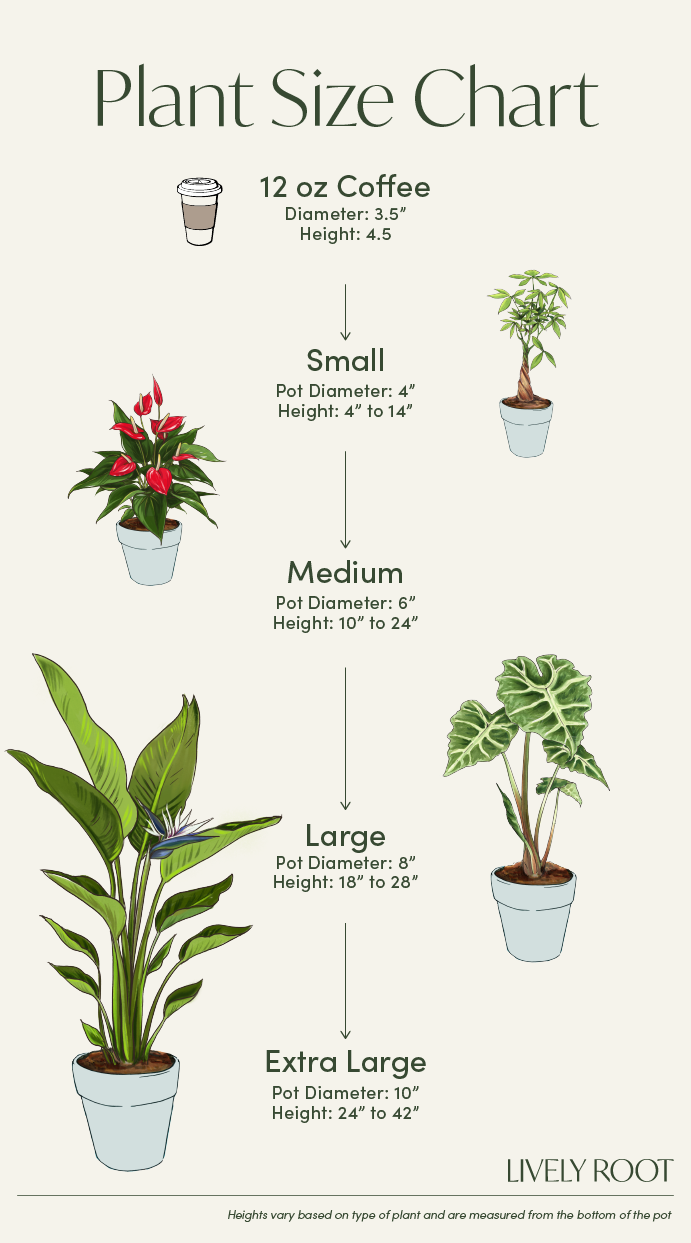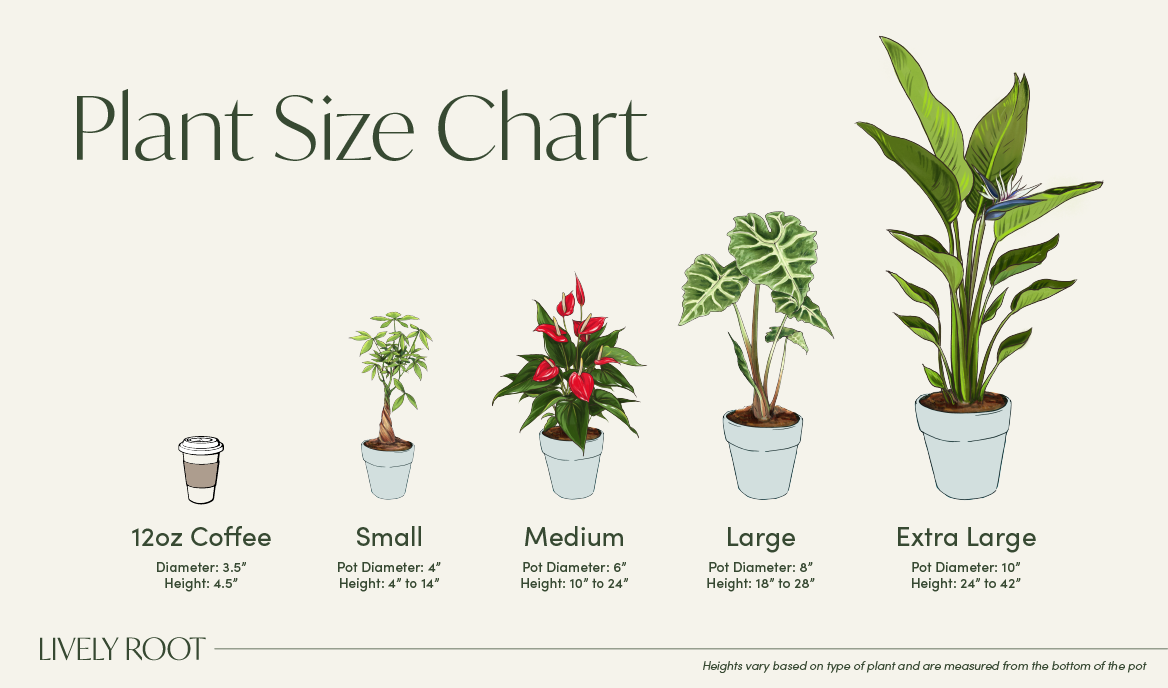

Sansevieria Moonshine is a shorter variety of Sansevieria or Snake Plants. They are extremely adaptable, low maintenance, and make for a perfect gift. They are also a great air-purifying plant for plant lovers of all levels!
Sansevieria Moonshine

Best in medium light, but can survive in a range of low to high.
Allow the soil to dry out completely between waterings.
Prefers low humidity.
Keep this plant in rooms where the temperature is a comfortable 60°F-75°F and avoid cold drafts or air vents below 55°F.
Outside: Keep them in dappled shade (early morning sun) to full shade on a patio out of direct sunlight to prevent leaf burn where nights are above 55°F.
Fertilize sparingly in the spring and summer apply at half-strength a balanced, liquid fertilizer especially formulated for indoor plants and let the rest of the year.
When receiving the Snake plant, do not repot immediately but wait at least 6-12 months. They like to be a bit root-bound. Repot in the spring, using a 2" bigger pot to keep the roots drier. (Too big of a pot could cause the soil to dry slower, which is not helpful.) Use a succulent soilless potting mix with perlite to help with drainage. Place a piece of screening at the bottom of the container over the drainage hole to secure the soil and allow to drain.
Use a well-draining cacti and succulent potting mix with perlite to help with drainage.
Water your plant in the old pot before transferring over and let sit an hour.
Add cacti and succulent soil to the bottom to elevate the root ball. Lift the plant and release the roots against the existing planter. Use a clean knife or garden trowel to wedge between the pot and the soil to loosen.
Inspect the roots. Notice if there are any dead or rotting roots and trim off with sterile pruners.
Ensure the plant is sitting about 1 inch below the edge of the pot to avoid water spillage. Add more soil and backfill around the sides by tamping down. Fill up to the soil line but not over.
Water thoroughly, leaving the soil damp but not soggy. If settling occurs, add more soil.
Water well to dampen the soil and let drain.
To clean the leaves and alleviate dust particles, give them a shower from above. Fill a watering can with filtered, distilled or tap water that has been sitting for 24 hours. Place the plant in a sink and lightly wash the leaves with a shower spray end watering can.
Trim off discolored spots with a sterile knife. Remove any debris from the soil and replenish soil if needed. Inspect for any insects at this time.
Cut a leaf off at the base and place them in a container tall enough to hold the leaf upright. Add about an inch of water at the bottom and change the water weekly. Keep the leaf in medium indirect sunlight while they are beginning to form roots. Once roots are at least 1-2 inches long, plant them with rooting hormone mixed into the well-draining succulent and cacti mix. Water and place in bright to medium, indirect light. Use a wooden dowel to train them to stand upright until the roots are more anchored and secure.
Sansevieria Moonshine: Overview
Sansevieria Moonshine (Sansevieria trifasciata 'Moonshine') is a compact, shorter Snake Plant variety with sage green, sword-shaped leaves. This graceful indoor plant is also known as Sansevieria Moonlight or Silver Snake Plant because of its leaves' glowing, pale color. The Moonshine Snake plant is part of the Asparagaceae family and comes from West Africa, where it grows natively in tropical forests from Nigeria to Congo.
The Moonlight Snake plant is suitable for growing outdoors in hardiness zones 9-12, as long as the temperatures are above 45°F. It’s a relatively small plant, reaching about 2 ft. in height and living for over 25 years, given proper care. Very easy to care for and adaptable, the Moonshine Sansevieria grows best in medium light but can also tolerate low-light conditions. Pet owners should know that all snake plants are toxic to cats and dogs.
Because of its easy-care nature, the Snake plant Moonshine is associated with resilience and strength. It is also believed to bring good luck and prosperity to your home.
Several other stunning Sansevieria varieties are available at Lively Root, including the slender Sansevieria Fernwood and the sunny, yellow-edged Variegated Sansevieria Laurentii.
Snake Plant: Benefits
- One of the best air-purifying plants
- A lucky plant in Feng Shui
- Low-maintenance and hardy plant
- Tolerates low light
- Perfect for small spaces
Moonshine Snake Plant: Care Guide
Sansevieria Moonlight is an excellent choice for any home or office. Its silvery foliage adds a modern look. Moreover, snake plant care is easy, making it perfect for beginners.
Watering and Humidity
Snake plants are succulents that don’t need frequent watering as they store water in their leaves. Water your sansevieria well and let the soil dry thoroughly before repeated watering. While Sansevieria Moonshine can tolerate some humidity, it generally prefers dry conditions.
Light and Temperature
Your Moonlight Sansevieria will thrive in medium indirect light. However, one of the benefits of a Snake Plant is its adaptability to various growing conditions, and it will adapt to brighter or lower light. Please keep it away from direct sun rays that can leave unsightly burns on its leaves.
Sansevierias can grow in temperatures ranging from 55℉ to 85℉, but they’re happiest and grow better in warmer environments. If you grow it on the porch, bring it indoors when night temperatures drop below 45°F.
Soil and Repotting
Well-draining soil is vital for good Sansevieria Moonshine care, as these plants are susceptible to root rot if overwatered. Potting mix for cacti and succulents with added perlite to improve drainage works best.
While Snake plants don’t mind being slightly rootbound, repot when you see roots growing out of the drainage holes. Water the plant an hour before transplanting it into a 2-inch larger pot.
Feeding and Propagation
Snake plants don’t require much feeding. Fertilize your plant twice yearly (in spring and summer) with a balanced liquid fertilizer.
If you want to propagate your snake plant, you can do so by division or from leaf cuttings. Provide supports to keep each leaf upright and plant each cutting in a pot filled with well-draining soil.
Pruning, Cleaning, and Common Issues
Prune your snake plant by removing dead or damaged leaves close to the base. Wipe the leaves on both sides with a damp cloth to remove accumulated dust.
If you notice brown spots on your Sansevieria Moonshine’s leaves, it may be due to exposure to direct sunlight or dry conditions. Wrinkled leaves are another common issue with your Sanseveria, due to underwatering, while soft, yellow leaves indicate overwatering. Also, although Snake plants aren’t typically prone to pest issues, check your plant’s leaves to detect pests like mealybugs or spider mites.
Moonshine Snake Plant: Placement, Companion & Alternative Plants
The Sansevieria Trifasciata Moonshine is a charming, small plant that looks amazing when placed on tables or desks, alone or grouped with other plants.
Best Locations & Uses
- Very easy to care for, making it great for beginners and people with a busy lifestyle
- Ideal for homes with no pets
- Compact plant that’s suitable for small spaces and office desks
- Perfect for rooms with low light
- Excellent air-purifying plant for bedrooms
Companion Plants
When combined with other tropical plants or succulents, the fabulous Sansevieria Moonshine will add a vibrant and refreshing note to your plant display.
- Jade Plant (Crassula ovata): A symbol of good fortune in Feng Shui, the robust Jade Plant has glossy, fleshy leaves and grows best in bright light and warm temperatures.
- Aloe Vera Plant (Aloe barbadensis): One of the most popular succulents in the world, the Aloe Vera Plant is not only easy-care and resilient but also has impressive medicinal properties.
- Jade And Pearl Pothos (Epipremnum aureum 'Pearls and Jade’): A charming, land ow-maintenance plant, Jade and Pearl Pothos has elegant trailing stems with a profusion of small, cream-and-green leaves, making it an ideal hanging plant,
Alternative Plants
If you’re a pet owner, check out our collection of pet-friendly plants that not only look lovely but are also non-toxic for your cat or dog:
- Calathea Concinna "Freddy" (Calathea concinna 'Freddie'): With its broad leaves striped in silver-green and dark green, Calathea Concinna Freddie is a lovely, pet-safe plant that grows best in high humidity and medium indirect light.
- Staghorn Fern (Platycerium bifurcatum): Popular for wall plant displays, the Staghorn Fern requires little maintenance and boasts green, branched fronds, reminiscent of a deer’s antlers.
- Maranta Red Prayer Plant (Maranta leuconeura var. kerchoveana): Attractive and pet-safe, the Maranta Red Prayer Plant has vibrant, multicolored leaves with a bright red fishbone pattern.
Get the Silver Moonshine Snake Plant From Lively Root Now
Add the refreshing Silver Snake Plant to your plant collection, or order this enchanting small succulent as a gift for someone special!












































